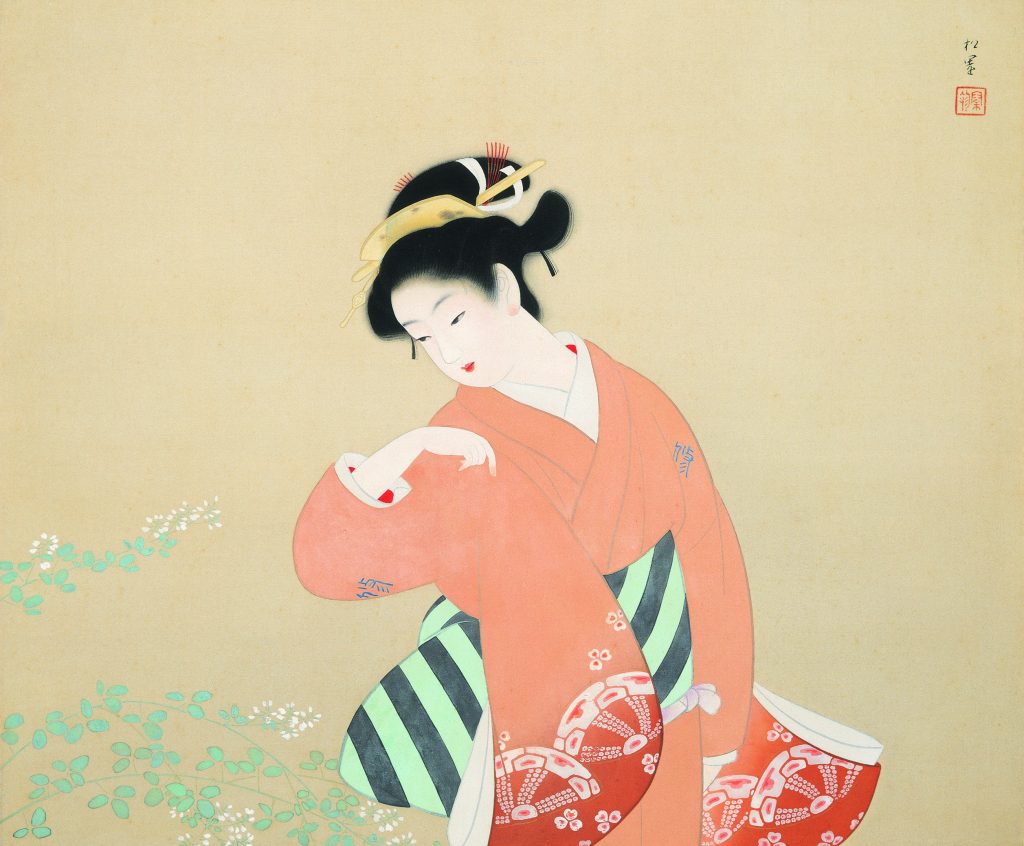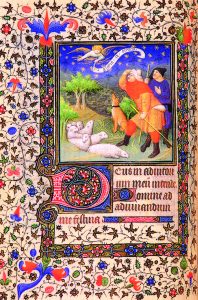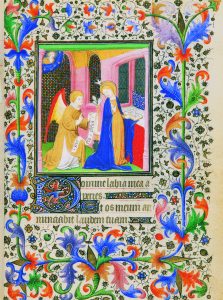Furukawa Art Museum
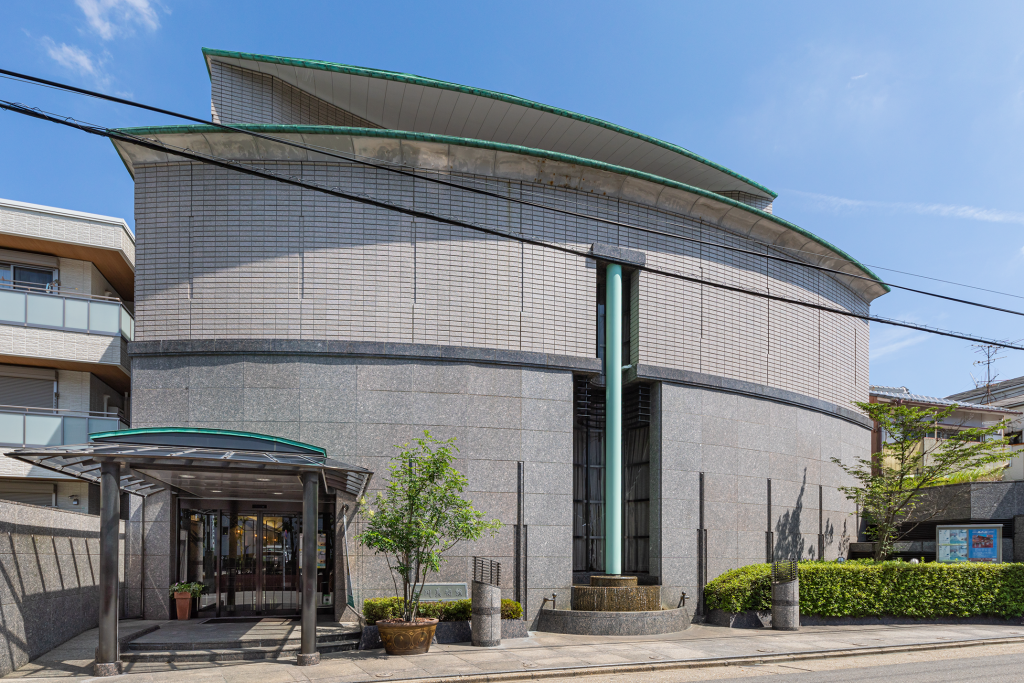 The Furukawa Art Museum’s core collection was generously donated by Furukawa Tamesaburo (1890-1993), a prominent businessman in Nagoya who was recognized by an American economic magazine as the world’s oldest billionaire. The museum opened its doors in 1991. Furukawa Tamesaburo had a particular fondness for Japanese paintings of Mount Fuji, cherry blossoms, and bijin-ga (portraits of beautiful women) created by representative Japanese artists of his time, such as Yokoyama Taikan, Takeuchi Seiho, and Uemura Shoen. The collection mainly focuses on Japanese paintings created from the 1930s to the 1970s.
The Furukawa Art Museum’s core collection was generously donated by Furukawa Tamesaburo (1890-1993), a prominent businessman in Nagoya who was recognized by an American economic magazine as the world’s oldest billionaire. The museum opened its doors in 1991. Furukawa Tamesaburo had a particular fondness for Japanese paintings of Mount Fuji, cherry blossoms, and bijin-ga (portraits of beautiful women) created by representative Japanese artists of his time, such as Yokoyama Taikan, Takeuchi Seiho, and Uemura Shoen. The collection mainly focuses on Japanese paintings created from the 1930s to the 1970s.
As a philanthropist, Furukawa actively supported various local social and charitable initiatives, including the construction of university libraries. He also collected artworks from local artists and enjoyed a wide range of items, including tea utensils, as part of his lifestyle. His collection now comprises over 2,800 items.
Among them, the complete copy of A Book of Hours by Boucicaut Atelier, a decorated manuscript from medieval Europe, has been exhibited at international expositions and continues to attract the attention of people around the world.
As a local center of culture and art, we hope to continue to bring joy to all visitors to the museum.
Tamesaburo Memorial Museum
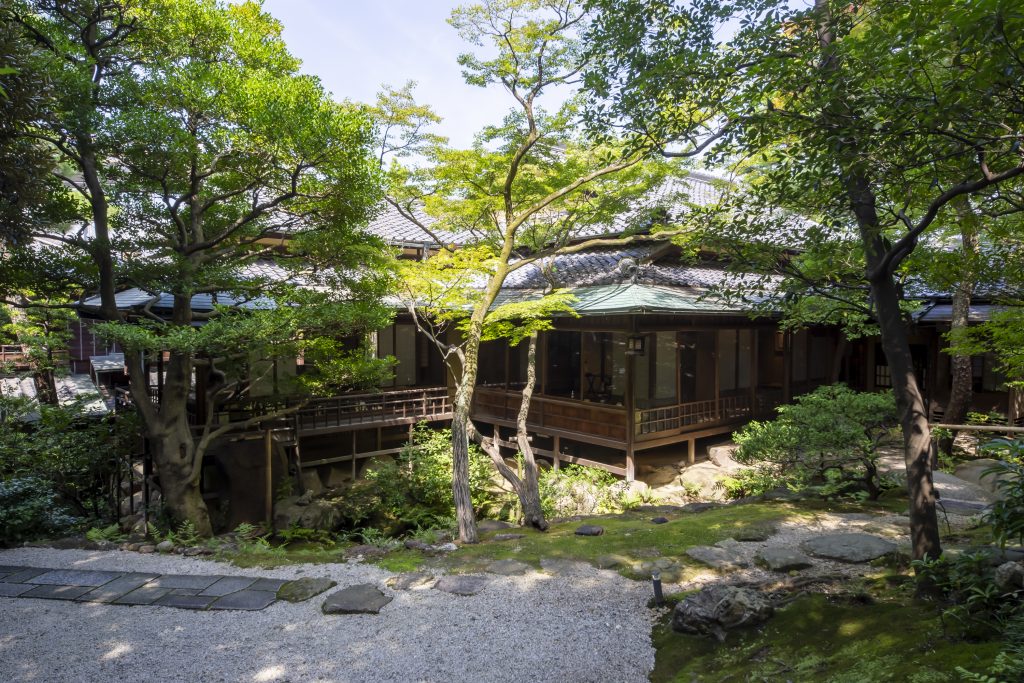 The Tamesaburo Memorial Museum is the former residence of Furukawa Tamesaburo (1890-1993), a prominent businessman representing Nagoya, who was introduced as the world’s oldest billionaire in an American economic magazine. This exquisite residence served as his final dwelling. It features sukiya-style architecture, traditional Japanese spatial design and aesthetics, and a stunning garden that beautifully displays the changing seasons. Within the main house of Ishun-tei, visitors can explore four distinct tea rooms, while the detached tea room, Chisoku-an, showcases a unique design, offering a diverse experience of tea room styles. The garden includes special elements like the Koshikake-machi-ai waiting area and a traditional Sechin restroom, designed to warmly welcome guests for tea gatherings. The entire property, including the main gate and east gate, holds the distinction of being a registered tangible cultural property by the government.
The Tamesaburo Memorial Museum is the former residence of Furukawa Tamesaburo (1890-1993), a prominent businessman representing Nagoya, who was introduced as the world’s oldest billionaire in an American economic magazine. This exquisite residence served as his final dwelling. It features sukiya-style architecture, traditional Japanese spatial design and aesthetics, and a stunning garden that beautifully displays the changing seasons. Within the main house of Ishun-tei, visitors can explore four distinct tea rooms, while the detached tea room, Chisoku-an, showcases a unique design, offering a diverse experience of tea room styles. The garden includes special elements like the Koshikake-machi-ai waiting area and a traditional Sechin restroom, designed to warmly welcome guests for tea gatherings. The entire property, including the main gate and east gate, holds the distinction of being a registered tangible cultural property by the government.
Following Furukawa’s passing, in line with his desire “to offer a serene space for everyone while preserving the authentic sukiya-style residence,” the Tamesaburo Memorial Museum, where Mr. Furukawa himself served as the first director, was opened as a branch facility of Furukawa Art Museum.
At present, the museum exhibits the collection of the Furukawa Art Museum, along with showcasing local arts and crafts through exhibitions. It actively promotes the preservation and introduction of Japanese culture by organizing tea ceremonies, incense ceremonies, and other cultural activities.
Sukiya de Café
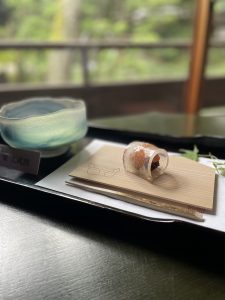 Sukiya de Café is located in the Tamesaburo Memorial Museum, a short walk from the Furukawa Art Museum.
Sukiya de Café is located in the Tamesaburo Memorial Museum, a short walk from the Furukawa Art Museum.
The large windows in the traditional Sukiya-style building offer an exceptional view of the Japanese garden.
The café offers a variety of drinks such as matcha green tea, carefully prepared and served fresh to order, as well as seasonal traditional Japanese sweets called Jo-namagashi and original items.
*When using the café, a general admission ticket or a single admission ticket to the Tamesaburo Memorial Museum is required.
Major Collections
*The Furukawa Art Museum and Tamesaburo Memorial Museum do not have permanent exhibits. Check the exhibition schedule for the latest updates.




 JA
JA
 EN
EN
 学校関係者の方へ
学校関係者の方へ

